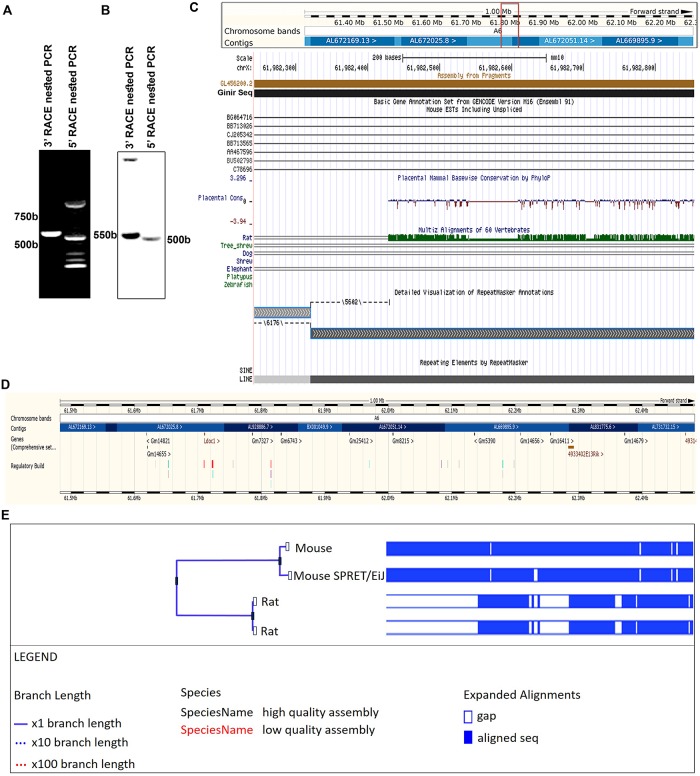Fig 1. Identification and characterisation of lincRNA Ginir from mouse melanoma cells.
(A and B) The 5′ and 3′ ends of the 557-base Ginir transcript were extended using RACE. PCRs were performed with AP1 and AP2 and Ginir-specific primers G1F and G4R for 3′ RACE and primers G1R and G4F for 5′ RACE (A). For nested PCR, primary PCR products were used as templates. Primer sequences are enlisted in S4 Table included in the Materials and methods section. The 5′–3′ RACE was followed by Southern hybridisation with Ginir sequence–specific probes (B). (C) Schematic representation of Ginir (NCBI Acc. No: EF649772.1) on mouse chromosome X (ChrX: 61982243–61982854) was acquired using the UCSC genome browser (http://genome.ucsc.edu/cgi-bin/hgBlat) and GRCm38/mm10 Assembly. The bottom region shows ESTs and repeat elements spanning the Ginir locus. (D) The genomic region showing location of LDOC1 and MAGE genes spanning the contig bearing Ginir (www.ensembl.org). (E) Schematic representation of Ginir genomic sequence homology between mouse and rat species acquired using ENSEMBL (www.ensembl.org). AP1, adapter primer 1; AP2, adapter primer 2; EST, expressed sequence tag; Ginir, Genomic Instability Inducing RNA; LDOC1, LDOC1, Leucine Zipper down-regulated in cancer-1; lincRNA, long intergenic noncoding RNA; MAGE, the melanoma antigen gene; NCBI, National Center for Biotechnology Information; PCR, polymerase chain reaction; RACE, rapid amplification of cDNA ends; UCSC, University of California, Santa Cruz.

